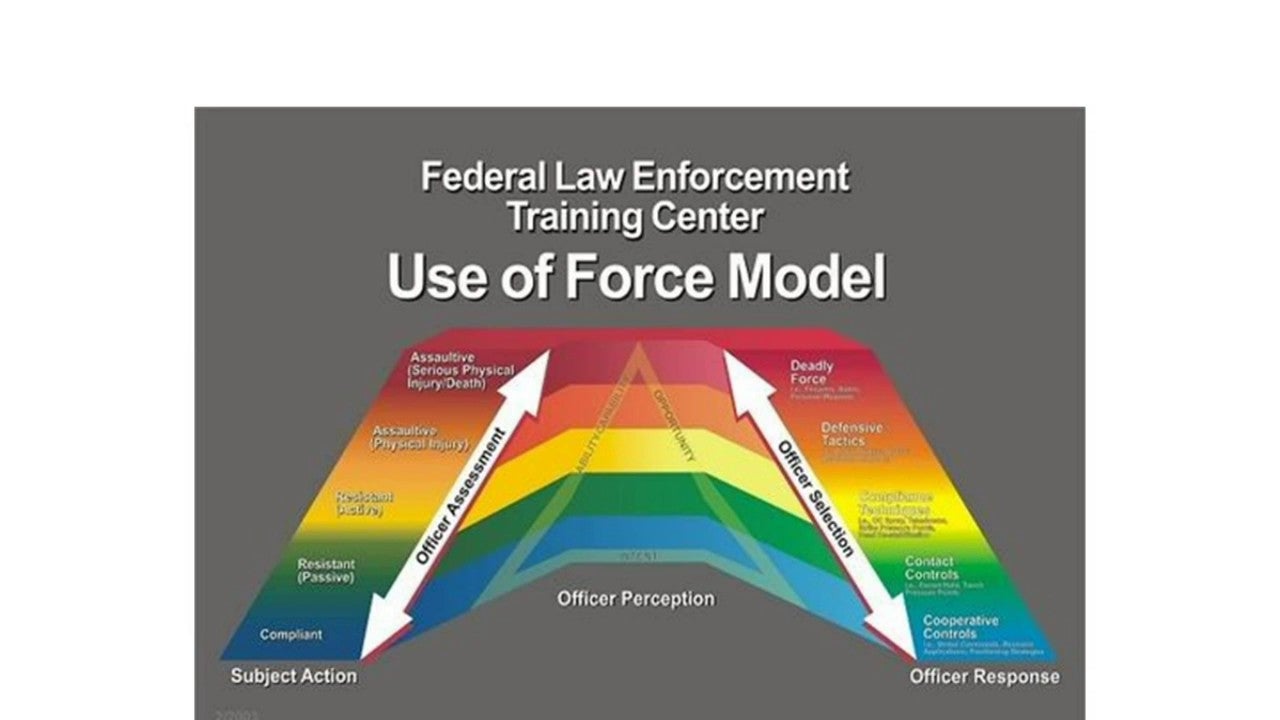The term “mindset”, when it comes to defensive situations, may be a bit cliche by now. The word draws images of a warrior in quiet contemplation, clicking carabiners while staring off into an infinite expanse. While that may be what I do every morning to prepare for that one defining, heroic moment that may never come (that’s a joke people), the ability to mentally prepare for a life or death situation is a skill that is infrequently practiced and rarely mastered. So let’s have a discussion about the CCW rules of engagement – a topic that will create more questions than we will find answers.
Disclaimer: Information contained in this article is not legal advice. You are responsible for understanding the CCW rules for your local, state and federal localities. I am also not a use of force expert; this article is meant to spark a conversation on the events that could lead to a use of force situation.
A few months back, TFB’s Joel W. discussed some critical thinking skills and pre-planning techniques. And there’s a good chance there will be future articles addressing similar topics.
CONCEALED CARRY CORNER: CCW Rules Of Engagement
In no particular order, let’s go over three important topics that you may want to consider before it comes time to unholster your pistol:
- Have a plan
- Use common sense
- Know your rights
All three of these topics combined should take only a few minutes out of your daily routine to review.
1. Have a plan
If you are picturing room-clearing diagrams or operations plans, you’ve gone too far for this conversation. The type of planning for this CCW rules of engagement discussion is taking a minute or two to visualize potential incidents that could occur and how they could be avoided. Picture yourself at home, in your car, at Dunkins or at work when an adverse scenario unfolds. How do you handle someone yelling at you randomly? How would you address a fight between two bystanders in a parking lot? A robbery? A life or death situation?
If you remind yourself that the point of carrying a concealed weapon is to defend yourself and your loved ones from serious bodily injury or death, it may help you understand what situations will require an armed response before they arise. The fact is, that using deadly force should be a last resort, but that doesn’t mean that it can’t happen in a split second.
Consider taking one minute out of your morning routine think about adverse situations that could happen throughout your day and what you would consider to be an appropriate response. It seems simple, but mentally preparing yourself for an even will shave valuable seconds when the sh*t actually hits the fan.
2. Use common sense
Which leads me to the second point of today’s discussion: common sense. The term itself is a misnomer; what is common to you and me may be completely different from what’s common to others. So while a common sense approach to the use of force situations sounds great, what we really need is a logic tree that helps us put cause and effect situations into perspective.
A Use-Of-Force Model, as used by many law enforcement agencies in the United States, is a good place to start. Once referred to a pyramid or a triangle, studies showed that officers would sometimes feel locked into a standard escalation process to a point where deadly force was required to stop a threat. For example, the use of only verbal commands when an attacker is already wielding a gun or a knife. Instead, the use of force model is now referred to as a continuum, where response levels can be skipped entirely to match a threat.
Let’s take a look at an example of a law enforcement use of force continuum from the National Institute Of Justice:
- Officer Presence — No force is used. Considered the best way to resolve a situation.
- The mere presence of a law enforcement officer works to deter crime or diffuse a situation.
- Officers’ attitudes are professional and nonthreatening.
- Verbalization — Force is not-physical.
- Officers issue calm, nonthreatening commands, such as “Let me see your identification and registration.”
- Officers may increase their volume and shorten commands in an attempt to gain compliance. Short commands might include “Stop,” or “Don’t move.”
- Empty-Hand Control — Officers use bodily force to gain control of a situation.
- Soft technique. Officers use grabs, holds and joint locks to restrain an individual.
- Hard technique. Officers use punches and kicks to restrain an individual.
- Less-Lethal Methods — Officers use less-lethal technologies to gain control of a situation.
- Blunt impact. Officers may use a baton or projectile to immobilize a combative person.
- Chemical. Officers may use chemical sprays or projectiles embedded with chemicals to restrain an individual (e.g., pepper spray).
- Conducted Energy Devices (CEDs). Officers may use CEDs to immobilize an individual. CEDs discharge a high-voltage, low-amperage jolt of electricity at a distance.
- Lethal Force — Officers use lethal weapons to gain control of a situation. Should only be used if a suspect poses a serious threat to the officer or another individual.
- Officers use deadly weapons such as firearms to stop an individual’s actions.
Credit: The National Institute Of Justice (NIJ).
Here’s a visual depiction of a use of force model. Remember, a critical event can start or stop at any point on the continuum: don’t feel locked into following all of the steps if the situation has escalated quickly.

3. Know your rights
I don’t necessarily mean constitutional rights for this section, although knowing your Miranda Warnings after a critical event is not a bad idea. For this discussion, I am referencing the state and local laws regarding “stand your ground” laws and the Castle Doctrine. Because there are 50 states with countless numbers of localities in each one, there’s no way to come up with a blanket response that would cover every situation. Instead, let’s focus on the term “reasonableness” and what it means both before and after a self defense situation.
Much like common sense, “reasonableness” is up for interpretation. It’s your job to decide on a reasonable response to a threat in the heat of the moment. That response will be later debated by law enforcement, judges and a jury to a standard of “reasonableness” when it comes to possible wrongdoing. In short, is what you did to stop a threat a reasonable response in the eyes of everyone else. For example, if an 80 year old woman is hitting you with her purse, I doubt a Mozambique drill to end the threat is a reasonable response.
Here’s an actual example from the news last week. While the event did not include the use of firearms, the response to a threat of violence was ultimately judged for “reasonableness” by a jury.
Man who claimed ‘stand your ground’ in fatal Urbandale bar beating convicted of murder
A central Iowa man who claimed he was defending himself when he punched a construction worker at an Urbandale bar numerous times, causing injuries that led to his death, was convicted Monday of second-degree murder.
Jurors found Rodney Henricksen, 49, guilty in the January 2018 killing of Joshua Sadlon, an Oshkosh, Wisconsin, man who became intoxicated at the Escape Lounge after a day of working on roofs. Henricksen assaulted Sadlon, punching him in the head and face before slamming him onto the concrete floor, police said. He died the next day.
Henricksen, of Johnston, claimed he attempted to de-escalate threats made by Sadlon, whose blood alcohol content was three times the legal limit for drivers. Sadlon told Henricksen he would kill him, forcing Henricksen to defend himself, his attorney said.
“This is no murder case; this is a classic ‘stand your ground’ case,” defense attorney F. Montgomery Brown said at opening statements, mentioning Iowa’s law that since 2017 has specified that law-abiding citizens do not need to retreat before using deadly force in defense of themselves or others.
Polk County jurors disagreed, convicting Henricksen of a class B felony that could send him to prison for up to 50 years. He will be sentenced April 15, court records show.
Source: Read the full story as originally reported at the DesmoinesRegister.com
Mentally negotiating a reasonable response to an event prior to anything happening can help you navigate the legal waters in the aftermath.
Wrap Up:
There are no right answers in a defensive shooting situation; with an infinite number of possible situations, there is an infinite number of responses. Know your laws, use good judgment and mentally prepare yourself for something to go wrong. Can you offer an advice? Post it up in the comments section below.
Thanks for reading TFB. Be safe.
TFB’s Concealed Carry Corner is brought to you by GLOCK

 Your Privacy Choices
Your Privacy Choices
